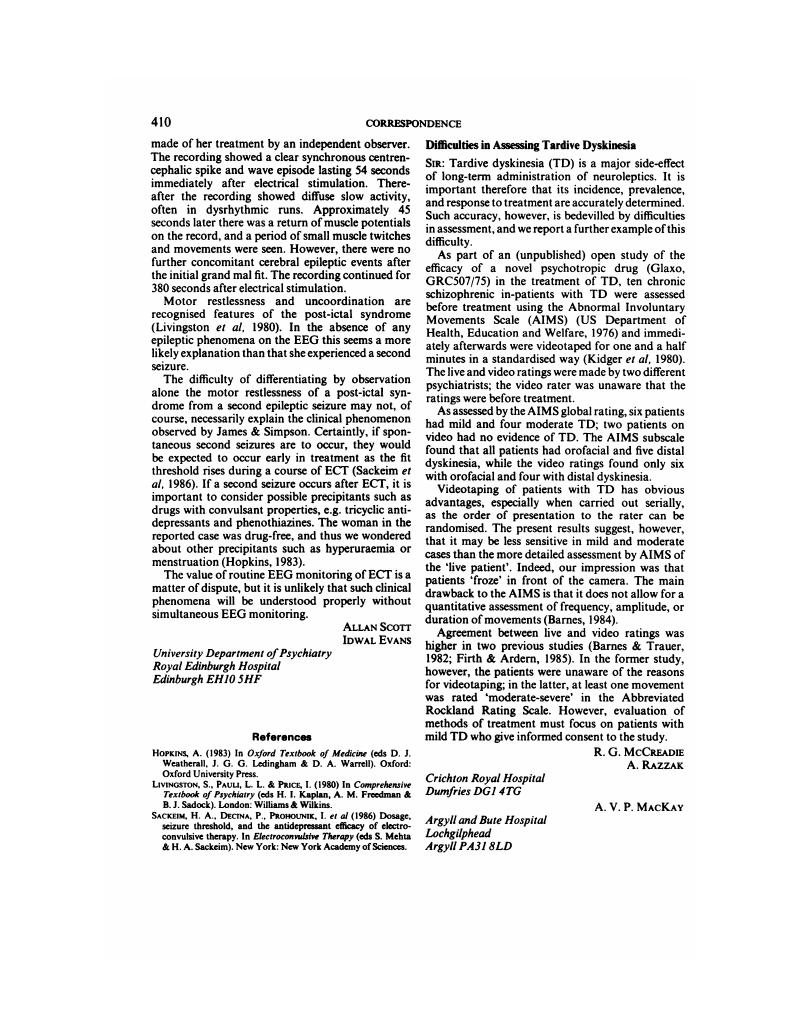Crossref Citations
This article has been cited by the following publications. This list is generated based on data provided by Crossref.
1992.
Tardive Dyskinesia: A Task Force Report of the American Psychiatric Association.
p.
35.




eLetters
No eLetters have been published for this article.